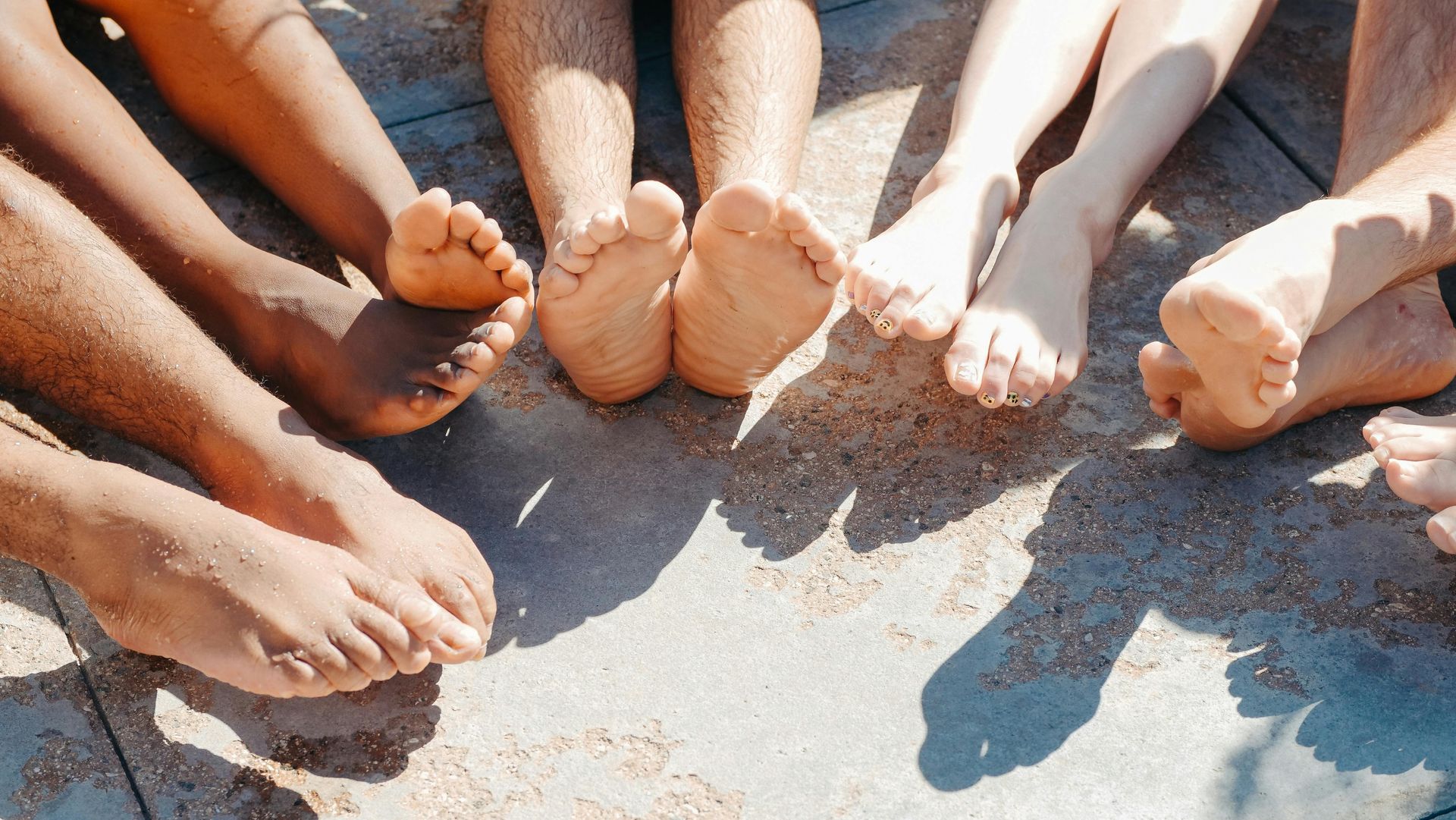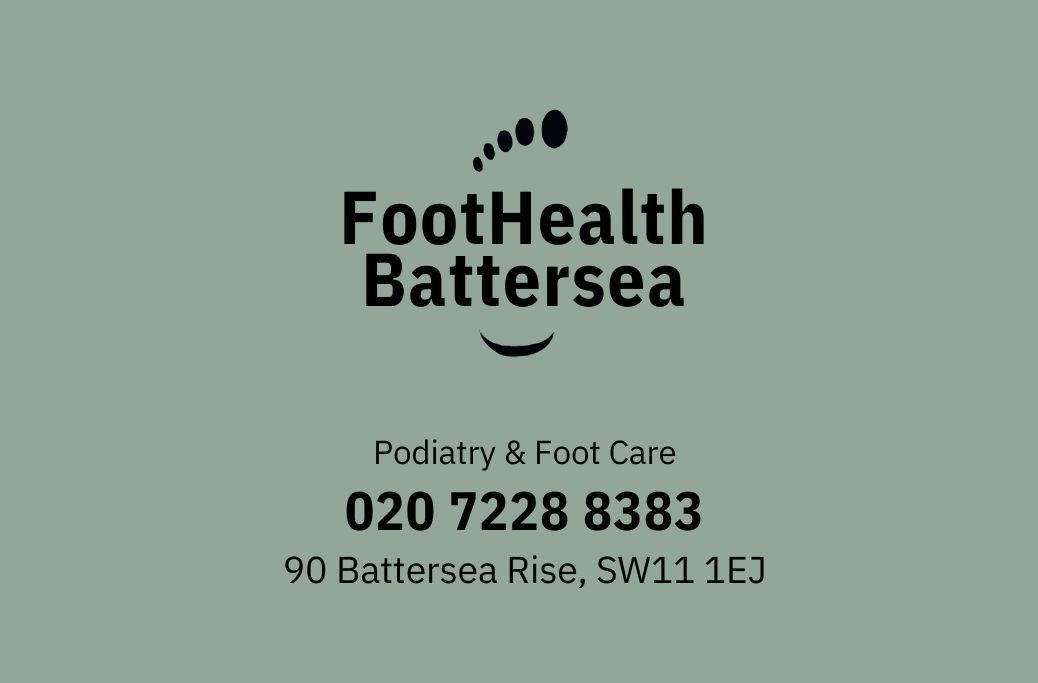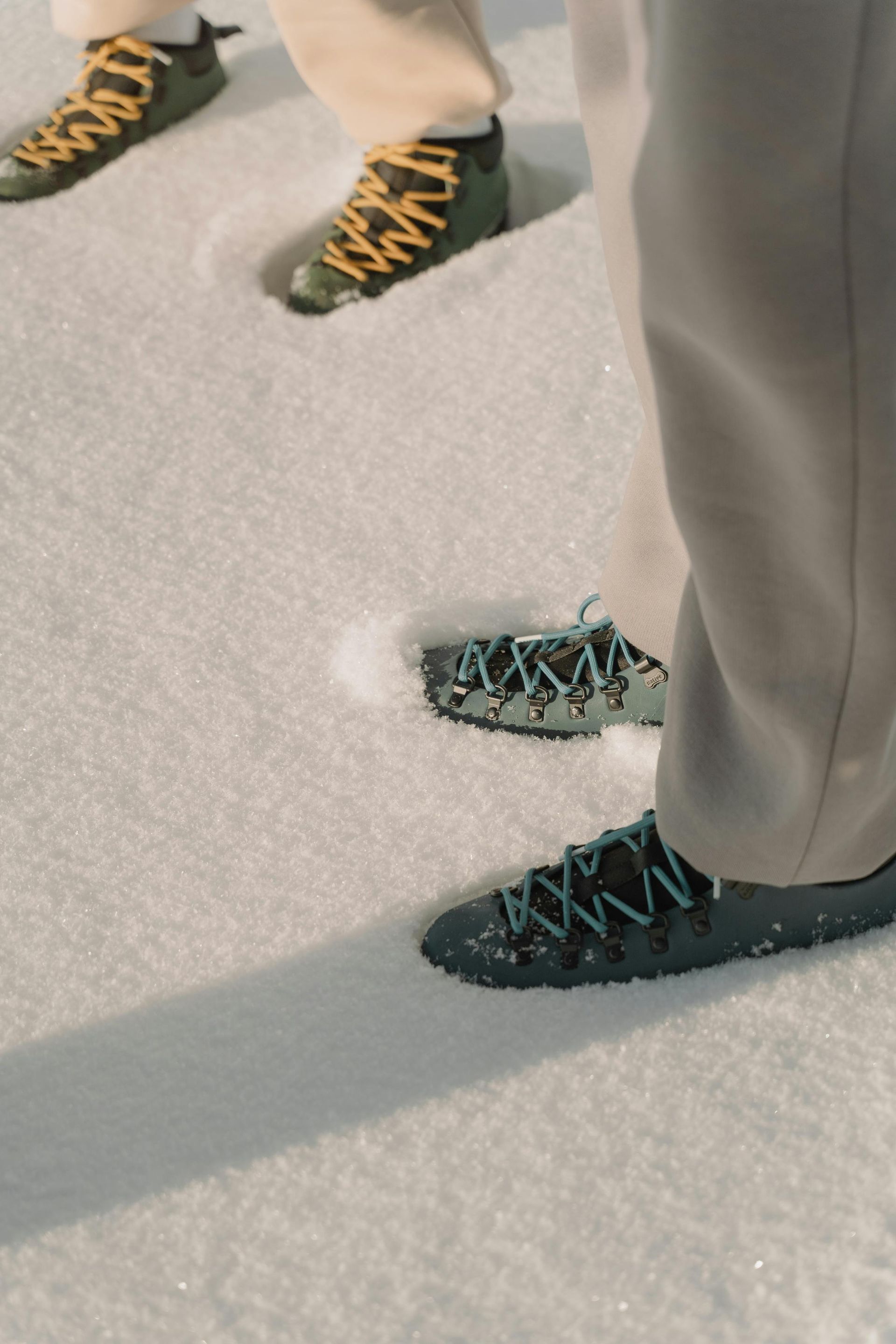Beat the Pre-Autumn Heel Crack - Tips for Healthy, Hydrated Soles
Beat the Pre-Autumn Heel Crack: Tips for Healthy, Hydrated Soles

As summer fades and the crisp air of autumn approaches, our skin starts to tell the tale of seasonal change. While we often notice dryness on our hands or lips, our heels are quietly bearing the brunt of it. Cracked heels — or fissures, as podiatrists call them — can go from mildly annoying to painful if left untreated. The good news? With the right pre-autumn foot care routine, you can prevent cracks before they start and keep your soles smooth, healthy, and happy.
Why Heel Cracks Happen in Pre-Autumn
During summer, sandals, flip-flops, and barefoot walks expose our feet to the elements. Heat, sun, and rough surfaces can dehydrate the skin. As autumn approaches, cooler air and indoor heating further strip away moisture. Without proper care, the skin on the heels becomes dry, less elastic, and more prone to splitting.
Some common risk factors include:
- Wearing open-backed shoes for long periods
- Standing for hours on hard surfaces
- Skin conditions such as eczema or psoriasis
- Being overweight, which increases heel pressure
- Medical conditions like diabetes or hypothyroidism
Signs Your Heels Need Attention
Before cracks become deep or painful, watch for these early warning signs:
- Rough, flaky patches on the heel edges
- White, yellowish, or thickened skin
- Fine surface cracks
- Redness or sensitivity around the heel
Catching these signs early means you can treat dryness before it turns into a painful problem.
Pre-Autumn Heel Care Routine
1. Moisturise Daily — and Choose Wisely
Use a thick, emollient-rich heel cream containing urea, glycerin, or shea butter. Urea is particularly effective for drawing moisture into the skin while softening calluses. Apply at night and slip on a pair of cotton socks to lock in the hydration.
2. Gentle Exfoliation
Twice a week, use a pumice stone or foot file on clean, damp feet to remove dead skin. Avoid aggressive scrubbing — too much friction can worsen dryness or cause micro-tears.
3. Switch Your Shoes
Autumn is the time to swap open-backed sandals for supportive, closed shoes. This not only protects your heels from the drying effects of the wind but also distributes pressure more evenly.
4. Hydrate from the Inside Out
Skin health isn’t just about creams. Drinking enough water and eating foods rich in omega-3 fatty acids (like salmon, flaxseeds, and walnuts) supports skin elasticity and repair.
5. Protect from Temperature Extremes
Avoid standing barefoot on cold tiles or hot surfaces. Sudden changes in temperature can cause skin to contract and crack more easily.
When to See a Podiatrist
If cracks become deep, painful, or start to bleed, it’s time to seek professional help. At FootHealth Battersea, we can:
- Remove hard skin safely
- Recommend prescription-strength heel balms
- Check for underlying causes, such as fungal infections or biomechanical issues
- Provide orthotic solutions if poor foot posture is contributing to the problem
A Final Word
Heel cracks are common, but they’re not inevitable. A little extra care now — before the autumn chill sets in — can keep your heels smooth, hydrated, and pain-free all season long. Treat your feet with the same care you give your hands and face, and they’ll carry you comfortably into the colder months.
Need professional heel care? Book your appointment with FootHealth Battersea today and step into autumn with healthy, happy feet.
Read More from our Blog
FootHealth Battersea Blog Spot
Can FootHealth Battersea assist you?












